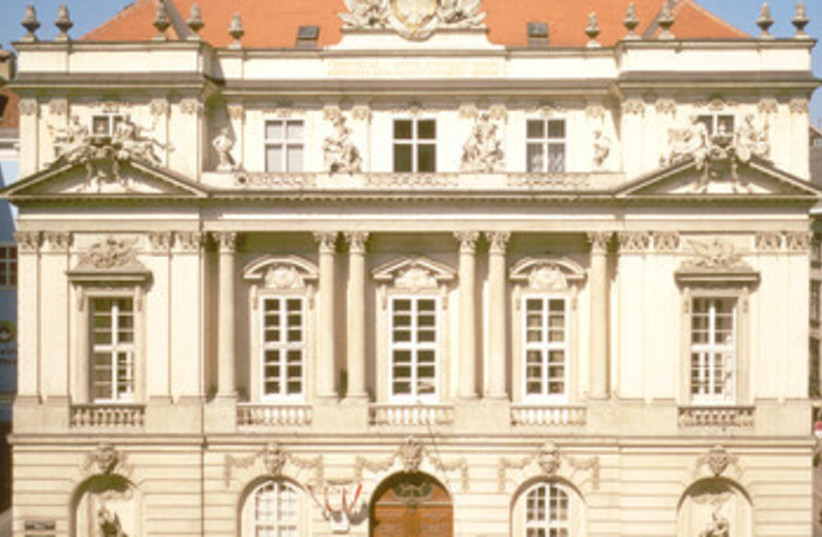More than 1,000 years ago, scribes in the ancient Land of Israel erased part of a religious book in order to reuse it. Since parchment was scarce in the desert during the Middle Ages, this was the only way they could make the resource last. Now, experts have been able to uncover lost words from ages past.
Efforts of a "medievalist," a specialist in medieval history and culture, from the Austrian Academy of Sciences (OeAW) were able to uncover lost messages from the multi-layered manuscript. Expert Grigory Kessel discovered one of the oldest translations, dating back to the 3rd and 6th centuries respectively, and was able to conserve some of the remaining pages.
The pages contained fragments dating back to ancient Syria. According to Kessel and his team of researchers, only two manuscripts were known to contain the ancient Syriac translation of the holy book. The two are kept safe in modern days in the British Library in London and St. Catherine's Monastery at Mount Sinai in Egypt.
How was this extra layer restored?
These small fragments were uncovered in the Vatican Library using ultraviolet photography, revealing a previously unknown layer of the manuscript. This offered "a unique gateway to the very early phase in the history of the textual transmission of the Gospels," researchers said in a statement.

Directors of the Institute for Medieval Research at the OeAW praised Kessel's efforts to restore the ancient manuscript.
According to a statement released by Claudia Rapp, the director of the Institute for Medieval Research at the OeAW, "Grigory Kessel has made a great discovery thanks to his profound knowledge of old Syriac texts and script characteristics."
This ancient translation was written at least a century before the oldest Greek manuscripts that have survived through the years, including the Codex Sinaiticus.
"This discovery proves how productive and important the interplay between modern digital technologies and basic research can be when dealing with medieval manuscripts," Rapp added.
